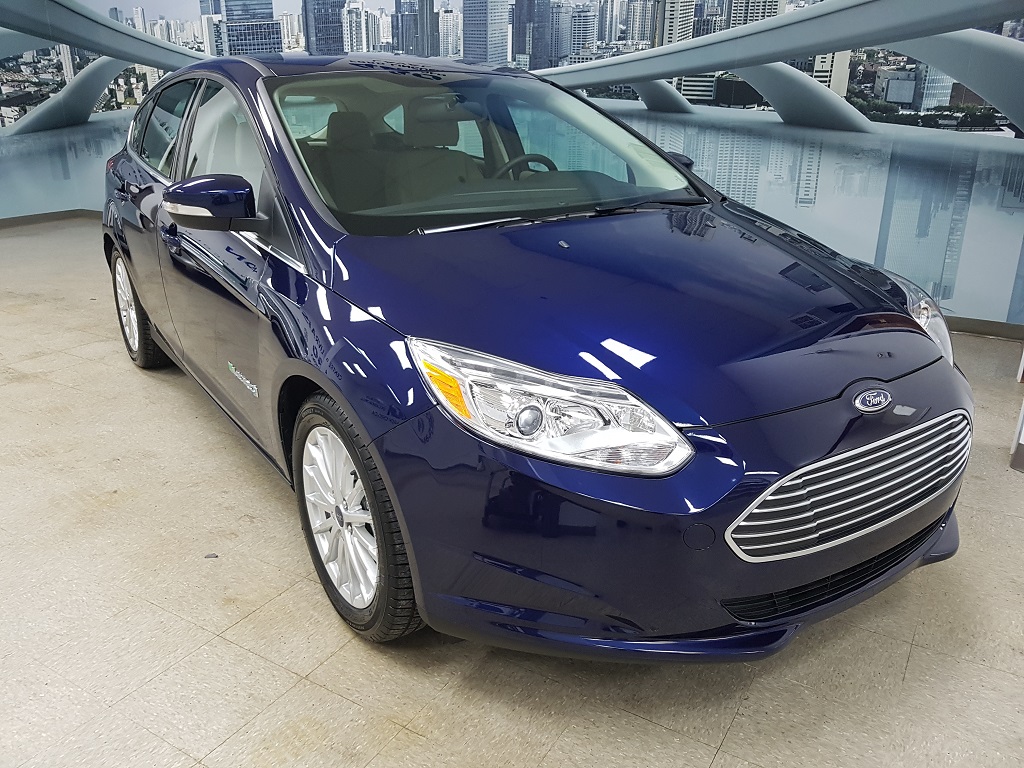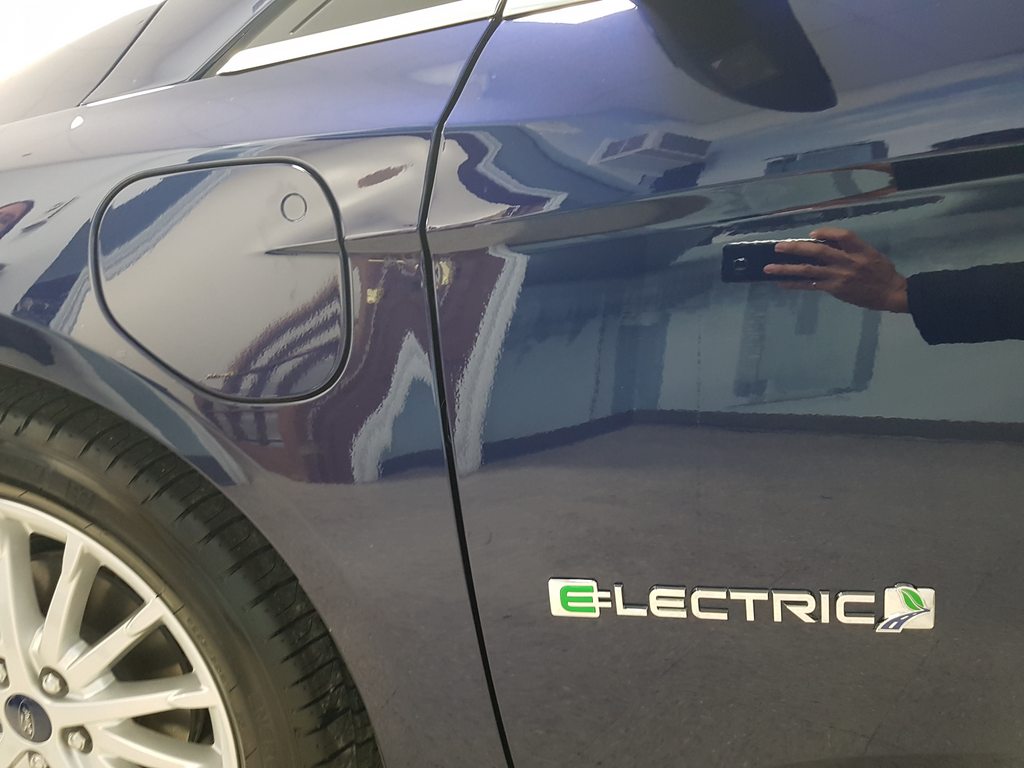Jamez said:
Congrats!
I'd love to know the results of a run-down test if you're willing to perform one and share with the community.
Hey Jamez - first EV, you'll have to include a link or procedure for them to even begin to understand what a run down test is.
What Jamez is trying to understand - how much real live usable battery power did Ford pack into the car? The previous FFE didn't have the full battery available - Ford kept a pretty big reserve to protect the battery. He wants to understand if Ford did the same thing with the new car.
I'm maybe a bit more curious about the trunk area. Is the battery block the same size? Did they pack in anything different besides the pump and 110V charging cable?
And have you tried CCS (high powered charging) yet? How fast does it charge - miles per hour of charging?
And how much range are you getting (generally where do you live)? First few days will be all over the map.







































